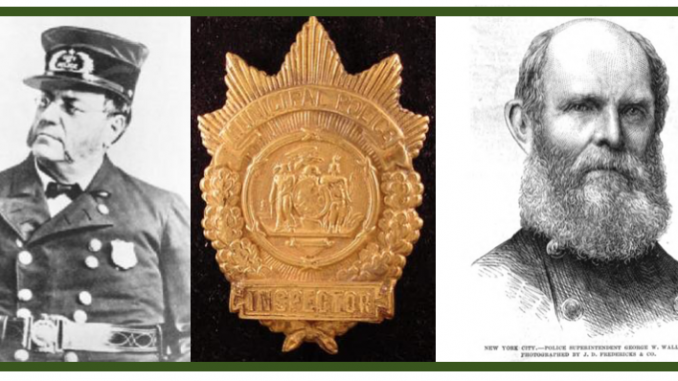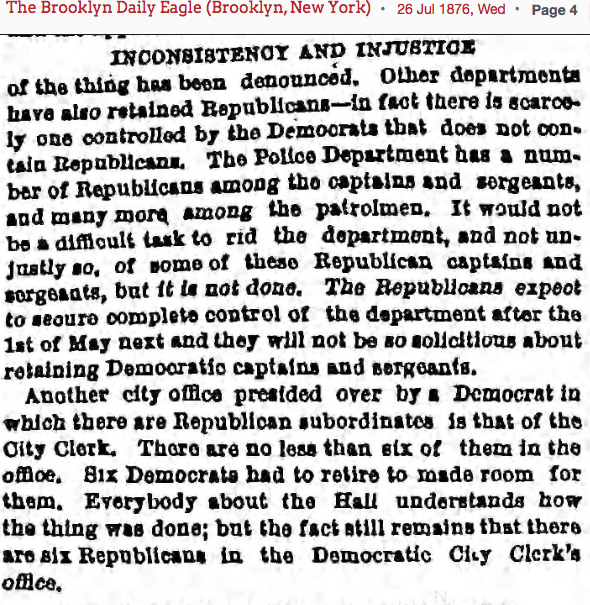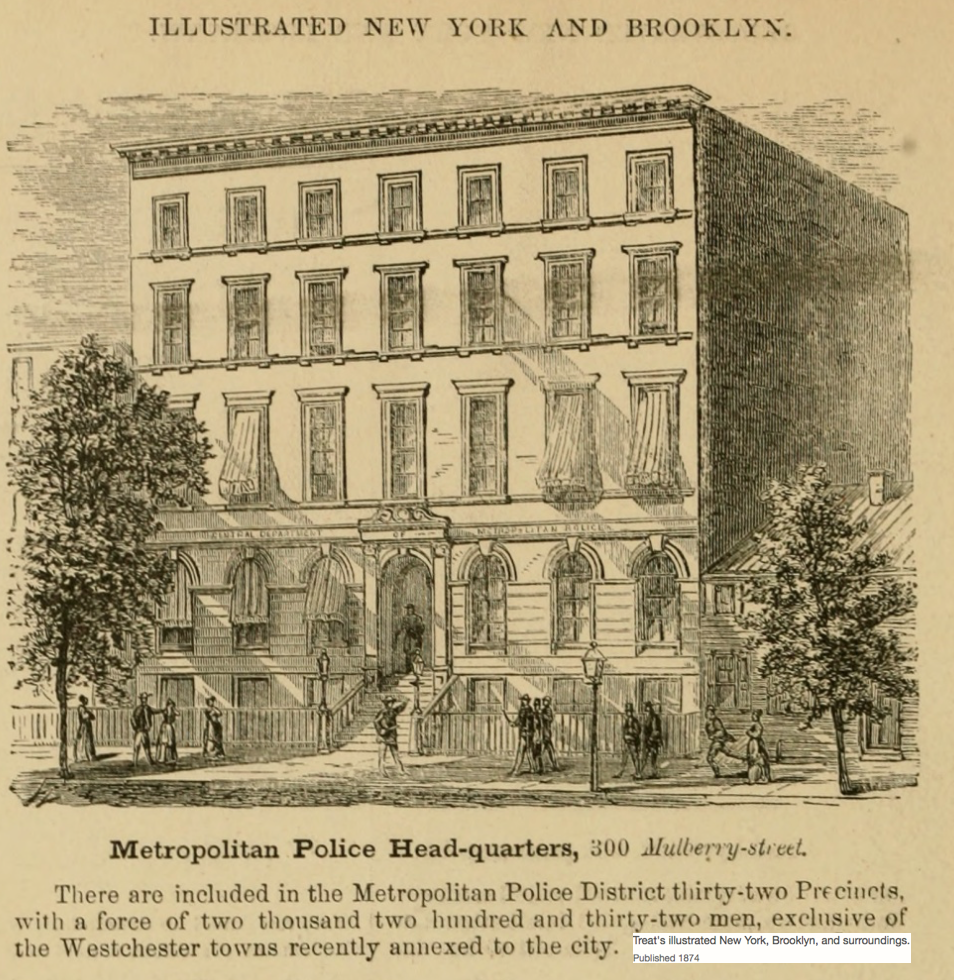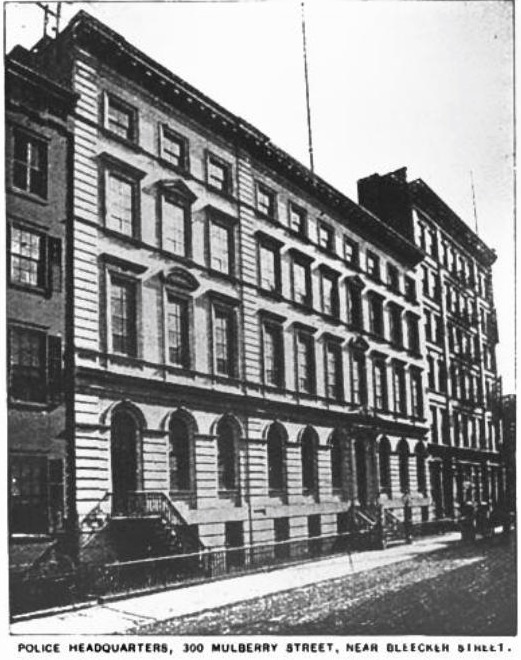
![]()
One thing for certain is that in the latter half of the nineteenth century few, if any, changes in the Police Department of the City of New York (PDNY) took place absent of political motivation. Prior to 1901, there was a bi-partisan Board of Police Commissioners who carved out appointments, promotions, and assignments along party lines and, in the case of Democrats, at the will of the all-powerful Tammany Hall. In 1875, the four Inspectors acted as administrators at headquarters. Precinct Captains reported directly to the Superintendent of Police (equivalent to today’s rank of Chief of Police).
In 1875, the PDNY was governed by a board of four Commissioners of Police. Each Commissioner was appointed by the Mayor, with approval of the Board of Alderman (today’s equivalent of the City Council). Their expiration of their terms was staggered. Typically, each political party had representation by two commissioners. So politicized was the city and department that newspapers openly reported on the same.

In 1874, George Walling succeeded James Kelso as Superintendent (equivalent to today’s rank of Chief of Police). Prior to 1875, the rank of Inspector existed in limited numbers. In 1875, the four Inspectors acted as administrators at headquarters, located at 300 Mulberry Street, and their very existence was viewed by a Select Committee of the New York State (NYS) Assembly as “curiously unnecessary, or rather useless, appendages to the police force.” Captains reported directly to the Superintendent of Police. The PDNY was comprised of a Superintendent of Police, four Inspectors, thirty-four Captains, 126 Sergeants, 142 Roundsmen, 2,117 Patrolmen, and seventy-three Doormen.

There were thirty police precincts as well as several squads. Typically, precincts were each under the command of a Captain and squads were under command of a Sergeant (today’s equivalent rank of Lieutenant). The prominent squads were: Sanitary, Steamboat, Harbor, Detention, Broadway (traffic), Street Cleaning, Mounted, Headquarters, and Court.
The Precinct Captains reported directly to the Superintendent, a practice which the Select Committee, and the Board of Commissioners, sought to change so as to allow the Commissioners the ability to limit the Superintendent’s power over the Captains. Once Inspection Districts were created, in the summer of 1875, orders, discipline, transfers, etc. by the Superintendent were transmitted to the Captains by their respective Inspectors. If the Inspectors decided not to concur with the orders, they faced little discipline at the hands of the Board of Commissioners.


In 1880, there was a movement to abolish the Inspection Districts, however, in the end, they would remain as they do to this date.

Individual members of the Board abused the new command structure weakening the stature of the Superintendent by issuing orders directly to Inspectors, thus circumventing the Superintendent. The Inspectors, many of whom were promoted from Captains at the will of the politically partisan Commissioners, often followed these orders. The Select Committee sought to re-establish the power, and line authority of the Superintendent.
What’s the Deal With; the creation of Inspection Districts? In 1875, the Board of Police Commissioners, in an effort to diminish the authority of the Superintendent of Police and leverage their own authority, created four inspection districts in the city. Superintendent Walling was critical of the buffer between his office and that of the powerful precinct Captains as he lost the ability to appoint, promote and discipline members of the force on his own accord. It would not be until 1895 that the NYS Assembly restored the strength of the authority of the chief executive of the PDNY.
![]()


Leave a Reply
You must be logged in to post a comment.